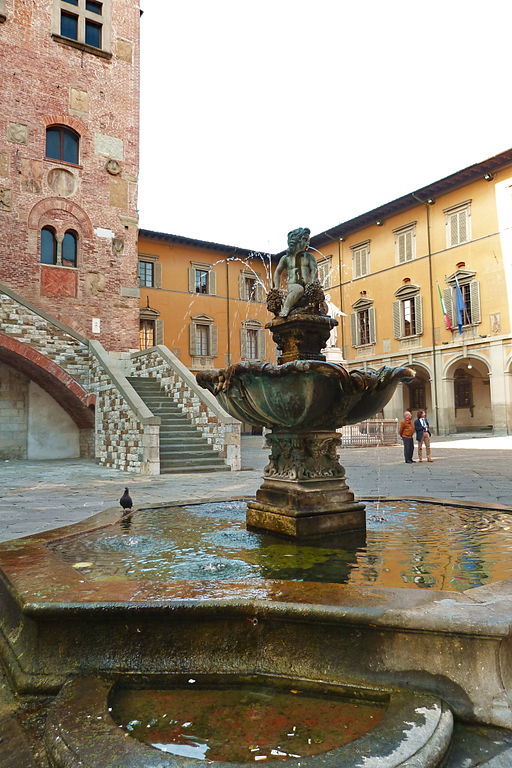Study commissioned by the Comune di Prato and edited by C. Agnoletti, T. Ferraresi, L. Piccini and S. Turchetti

This study, commissioned by the Municipality of Prato as part of the activities related to the formation of the Structural Plan, was supervised by Chiara Agnoletti, Tommaso Ferraresi, Leonardo Piccini and Sara Turchetti and coordinated by Leonardo Ghezzi, manager of the IRPET’s Economic Structure and Conjuncture Area.
The start of a territorial planning process at municipal level, especially if aimed at defining evolutionary trajectories, cannot but start from an analysis of the trends that are affecting that territory and the specificities that characterise it.
This need appears more evident than ever in a territory such as Prato, located in the central metropolitan area system, which is the most relevant area in Tuscany in demographic, infrastructural and productive terms. The purpose of this report is to describe and interpret the economic dynamics taking place in the area and the resulting spatial implications. The elements of the production system that are analysed are manufacturing activities with reference to the sectoral specifications in which they are articulated, services and agricultural activities with the aim of analysing the current and potential role in the identified evolutionary trajectories.
The Prato area has undergone significant demographic changes, which have gone hand in hand with transformations in its economic structure, both in the long term and more recently. To this end, an in-depth study will be dedicated to the territorial cohesion profiles of the municipality, with specific reference to the resident population and its demographic and economic connotation.
Alongside the spatial distribution of the aforementioned functions, the links between the production system and the population are investigated in terms of systematic movements, both with reference to the traditional daily home-work commute broken down by type of profession and in relation to the opportunities offered by a more pervasive recourse to smart working in sectors in which the resident population is employed outside the municipal area. Another aspect investigated concerns the relationship between population and main leisure venues, looking in particular at the spatial concentration of leisure venues, and how these have changed over time.
The report concludes with a prospective analysis that outlines some suggestions on the future evolutionary dynamics of the functions analysed in order to provide useful elements on the spatial implications of these dynamics in the structural planning of the Prato territory. This section will also include a summary of the main trends and elements of vulnerability of the production system that emerged in the research and that could influence its future trajectories.
Report edited by L. Ghezzi and N. Sciclone
Read...Edited by S. Iommi and F. Viviani
Read...Summary of the analyses and speeches presented at the Bank of Italy-IRPET Workshop on 10 December 2024
Read...Report edited by IRES Piemonte, IRPET, SRM, PoliS-Lombardia, Ipres Puglia, Liguria Ricerche, Agenzia Umbria Ricerche
Read...